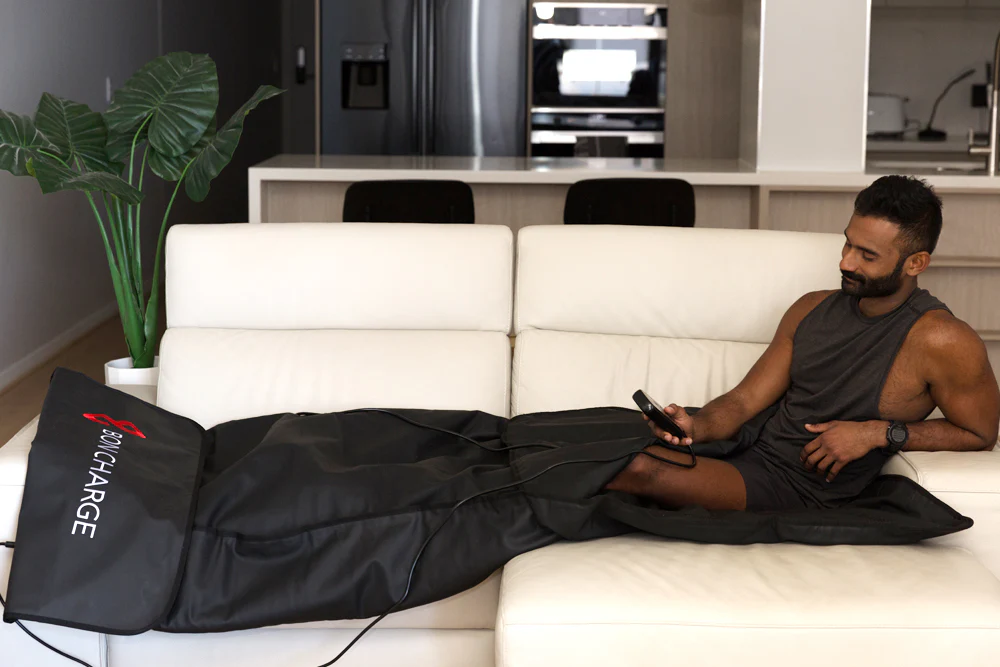- HOME
- Infrared Sauna Insights
- Infrared FAQ
11 Common Questions Asked About Infrared Sauna

1. Is Using an Infrared Sauna Safe?
Using infrared saunas is generally safe. They emit non-ionizing radiation in the infrared spectrum. This radiation is less harmful than ionizing radiation like X-rays. Modern life exposes us to electromagnetic fields (EMFs) from various devices, and infrared saunas emit EMFs too.
However, their EMF levels are often much lower than the safety limits set by health organizations. For instance, the U.S. Environmental Protection Agency [1] considers EMF levels below 3 mG safe, and many infrared saunas emit even lower levels.
Infrared sauna and sauna blanket manufacturers often conduct extensive EMF testing to ascertain safety. Construction materials and design, like wiring and LED lighting, also affect a sauna's EMF levels. High-quality saunas are designed to minimize these.
In Canada and the EU, saunas must meet specific safety standards, while in the U.S., federal regulations and industry standards ensure safety through independent testing and consumer considerations. Check our page on sauna safety out as well.
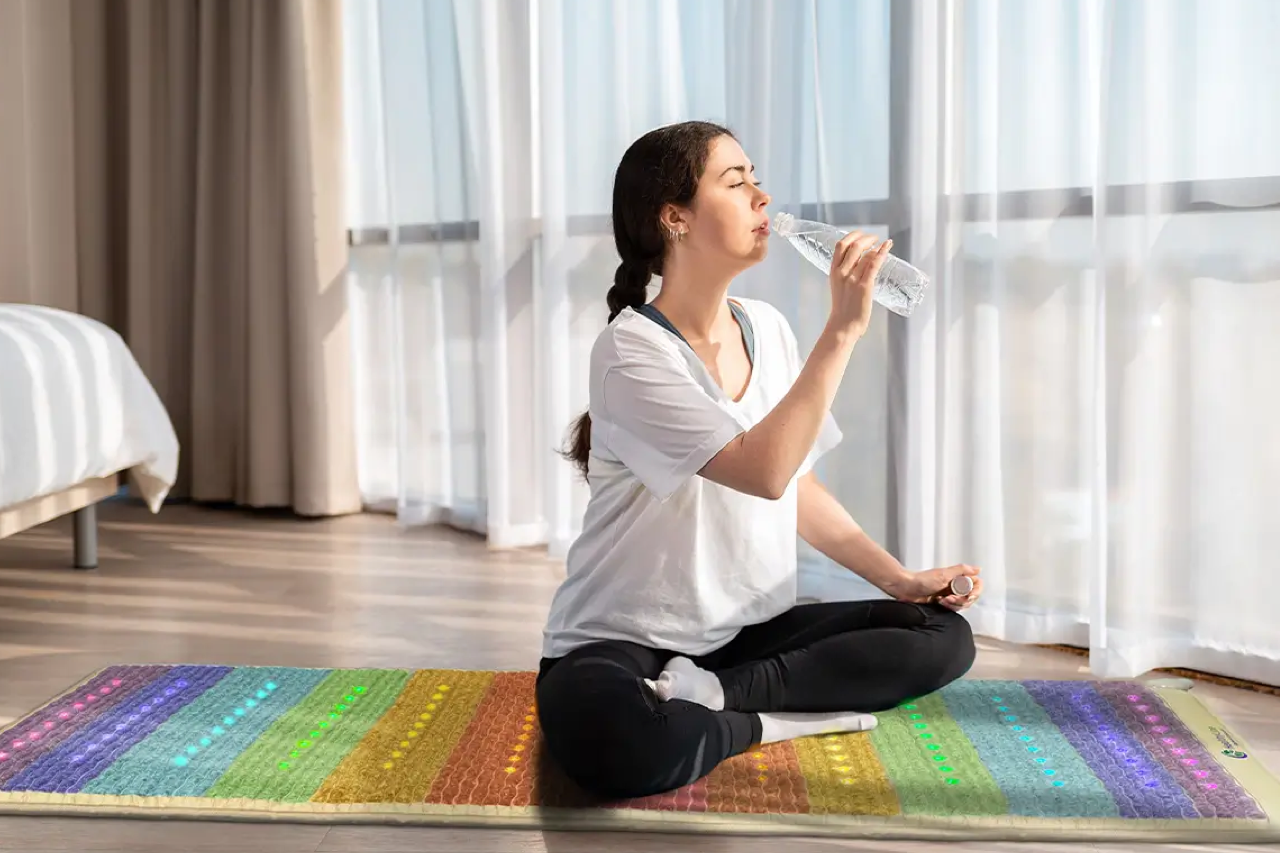
2. What Precautions Should I Take Before Using an Infrared Sauna?
Stay hydrated: Before entering the sauna try to drink 2 to 3 cups of water. Avoid alcohol or sugar drinks. Opt for water or sports drinks with electrolytes instead.
Shower Beforehand: Showering helps to remove excess oils, lotions, makeup, sweat, and dirt from your skin, enhancing the sauna's effects.
Exercises: Increase your blood flow and enhance your sauna benefits by doing some light exercises like a gym session, yoga or a jog.
Position: Sit directly in front of the heaters for optimal exposure. Maintain good posture, and if your sauna doesn't offer full body coverage, rotate every few minutes.
Duration: Start with short sessions of 5-10 minutes and slowly increase. Generally a session can last between 15 to 20 minutes, but comfort should lead.
Avoid Alcohol: Drinking alcohol before using a sauna can affect blood pressure and circulation. It can also give some lightheadedness and increase the risk of fainting.
Health Conditions: If you have medical conditions or using medication consult a doctor.
Listen to Your Body: Open the sauna door or better step out for a break as soon as you feel overheated or unwell.
Consistent Sauna Schedule: Using the sauna at a consistent time, like in the morning or at night, can be more effective.
Clothing: Wear minimal clothing to allow the infrared light to effectively heat your body.
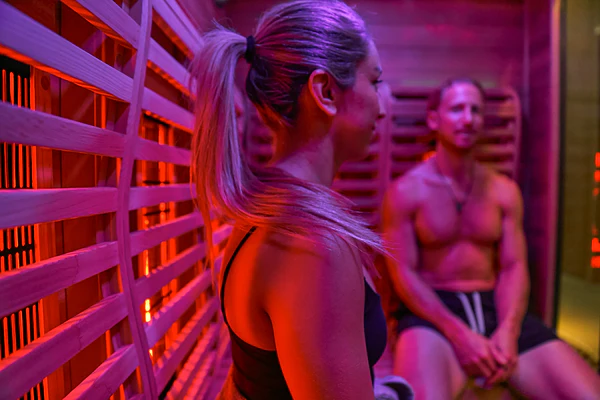
3. Should I hydrate before and after using an infrared sauna?
Yes, hydrating before, during, and after using an infrared sauna is crucial for a safe and beneficial experience.
Before the Sauna Session: The body loses a significant amount of fluids through sweat during a sauna session. To prepare for this, it's important to drink 2 or 3 cups of water before entering the sauna. This pre-hydration helps to prevent dehydration and fatigue during the session.
During the Sauna Session: It's advisable to continue hydrating even while in the sauna. Bringing a non-plastic water container (to avoid melting) into the sauna and sipping water throughout the session can help maintain hydration levels.
After the Sauna Session: Post-sauna, it's important to refill the fluids lost during sweating. Drinking water or electrolyte-rich drinks [2] aids in rehydration.
Avoid Dehydrating Beverages: On the day of using a sauna, avoid beverages that can cause dehydration, like alcohol, coffee, sodas, and sugary drinks. These can heighten fluid loss and hinder the rehydration process. The healthiest thing you can do is fashion your own sauna drinks!
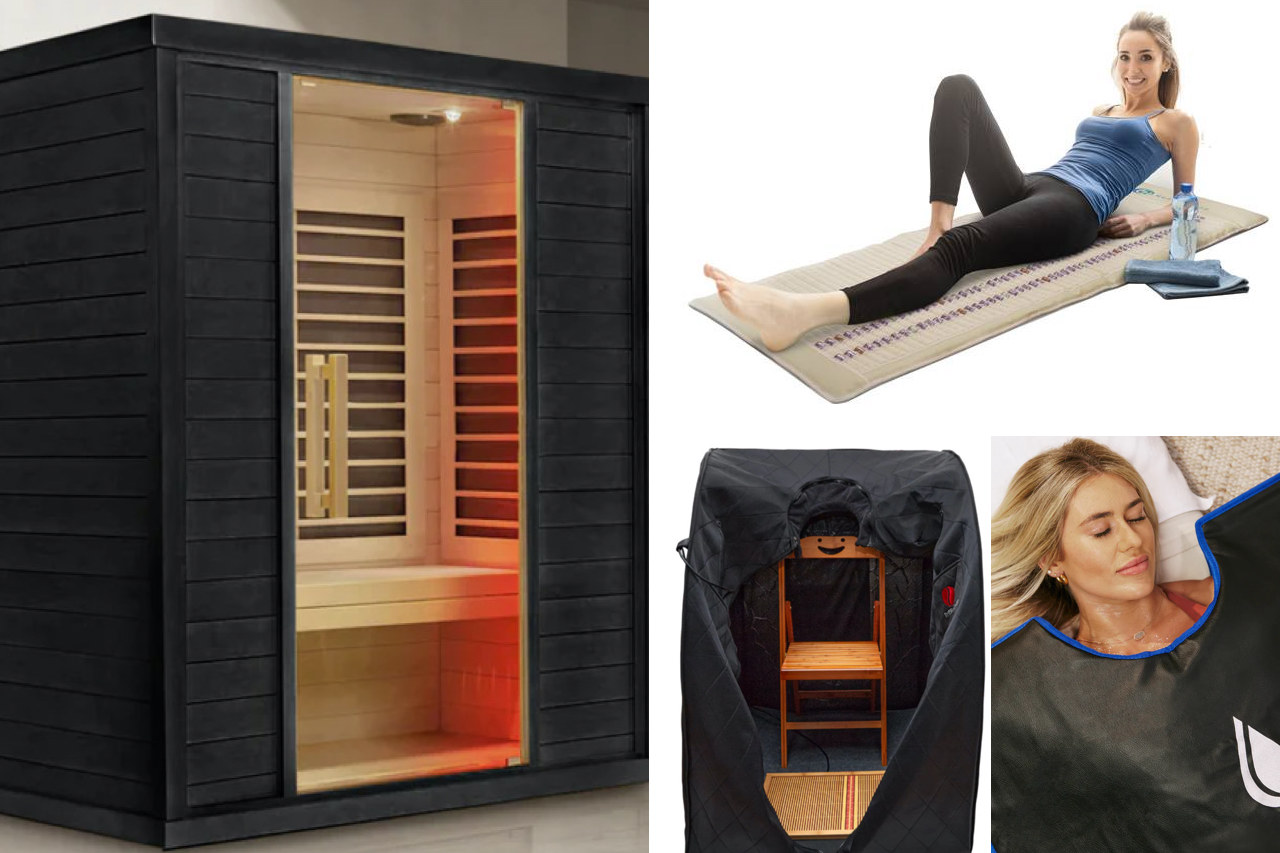
Infrared sauna go beyond cabins
4. Can I wear clothes or should I be nude in an infrared sauna?
When deciding what to wear in an infrared sauna, the key considerations are comfort, breathability, and allowing your body to sweat naturally.
Clothing Options: It's generally recommended to wear as little as possible to maximize the benefits of the infrared heat. If you do not prefer to be nude wear lightweight and loose-fitting clothing made of natural fibers. Heavy towels, shoes, thick hats, or non-breathable materials like PVC or spandex should be avoided, as they can inhibit sweating and make the session less effective.
Going Nude: If privacy allows, such as in a home sauna or a private pod, going nude can be the best option. This allows your skin to be exposed directly to the infrared rays, enhancing the sauna's effectiveness.
Hygiene and Etiquette: In shared or public saunas, wearing a bathing suit or towel can be more appropriate for hygienic reasons and common decency.
Towels and Accessories: Using a towel to sit or lie on in the sauna is hygienic and helps absorb sweat. Remove jewelry and watches, as metal can heat up and cause discomfort.
Footwear and Showering: Go barefoot or wear open sandals in the sauna to allow your feet to sweat. It is advised to shower before and after the sauna session to cleanse your skin and remove sweat.

5. What temperature should I set the infrared sauna to?
65°C (150°F) is a temperature that many infrared sauna users prefer. But individuals differ. So prioritize your comfort and safety. Infrared sauna temperatures usually range from 50°C to 65°C (120°F to 150°F), so adjust the temperature to your preference.
If you are new to infrared saunas, start lower. Increase the temperature gradually as you get used to the heat.
6. How long should I stay in an infrared sauna session?
The duration of an infrared sauna session can vary based on individual tolerance and specific health goals, but there are some general guidelines to follow:
Maximum Time: Limit sessions to 45 minutes to avoid dehydration and overheating. Stay hydrated before and after.
Beginners: Start with 5-10 minute sessions, gradually increasing to 20-30 minutes as you acclimate to the heat.
Health Benefits: Aim for at least 20 minutes per session for benefits like pain relief and stress reduction.
Weight Loss and Detoxification: For weight loss or detox, a 30-minute session is ideal. Far infrared saunas are especially effective for detox, with sweating usually starting after 8 minutes.
Listening to Your Body: Monitor your body's response. If you feel discomfort, dizziness, or overheating, end the session or lower the temperature. Personal comfort and safety are crucial.

7. How often should I use an infrared sauna?
The frequency of using an infrared sauna depends on factors like sauna experience, health goals, and heat tolerance. Consider these aspects when deciding how often to use the sauna.
Beginners: Start infrared sauna use with 5-10 minute sessions, 1-2 times a week. As you get used to the heat, increase to 20-30 minute sessions, 2-3 times a week.
Regular Users: Comfortable users can do 3-4 weekly sessions, each lasting 20-45 minutes, for health benefits and recovery time.
Athletes and Specific Health Goals: Those with health targets like muscle recovery may benefit from more frequent sessions, even twice daily. Always consult a healthcare professional before starting an intensive routine.
Listening to Your Body: Always listen to your body. Exit the sauna if you feel discomfort, dizziness, or overheating. Stay hydrated before, during, and after sessions.
Health and Wellness Goals: Tailor sauna frequency to your goals. For relaxation, fewer sessions may suffice. For muscle recovery or pain relief, more frequent sessions may help.

The Best Infrared Sauna Blanket Reviews
8. Is using an infrared sauna safe with a medical condition?
Using an infrared sauna can be safe for most people, but if you have a pre-existing medical condition, it's essential to consult with a healthcare professional before using one. Here are some key points to consider:
Consult Healthcare Professionals: If you have a medical condition, consult a healthcare professional before using an infrared sauna. They can offer advice based on your specific health situation.
Health Conditions and Sauna Use: Those with conditions like autoimmune disorders, a heart disease, sensitive to temperature changes, should be cautious or avoid infrared saunas.
Potential Risks: Start with short 5-minute sessions and gradually increase up to 30-45 minutes. Stay hydrated before, during, and after sessions to prevent dehydration. Individuals trying to conceive should consider the sauna's heat impact on sperm count.
Sauna Safety Features: Choose infrared saunas with safety certifications, auto shut-off, protective barriers over heaters, and low EMFs. Ensure infrared radiation levels are within a safe range.

9. Can I use an infrared sauna if I'm on medication?
When considering the use of an infrared sauna while on medication, it's crucial to consult with a healthcare provider. This is especially important as some medications may interact with the heat exposure in an infrared sauna. Here are some key points to keep in mind:
Medication Interactions: Some medications, including those affecting neurotransmitters, enzymes, or hormones, can change how your body responds to heat. Drugs like diuretics, barbiturates, and beta-blockers, which affect heat loss, may increase health risks in a sauna.
Antibiotics and Saunas: Generally safe with antibiotics, but confirm with your doctor. Antibiotics can cause light sensitivity, so monitor for reactions. Infrared saunas may aid healing by boosting circulation and reducing inflammation.
Over-the-Counter Medications and Supplements: Consult your doctor before using a sauna if you take over-the-counter drugs or supplements, as some can increase skin sensitivity to light.
General Advice: Pay attention to your body's reactions in the sauna, especially while on medication. Stop immediately if you feel dizzy, lightheaded, or unwell, and seek medical advice if needed.

10. What are the best practices for cooling down after an infrared sauna session?
Cooling down properly after an infrared sauna session is crucial to maximize the health benefits and ensure safety. Here are the best practices for cooling down:
Hydration: Immediately drink 500-700 ml of water post-session, continuing to sip water over the next hour. Rehydration is crucial to balance body fluids after intense sweating.
Gradual Cooling: After leaving the sauna, rest for a few minutes to let your body temperature adjust. Stepping outside for fresh air aids this process.
Shower: Wash away toxins and impurities which were released during your infrared sauna session. Some like a cold shower, a lukewarm shower is beneficial for those who like do it more gradual and when you are a beginner.
Skin and Body Care: After your shower, gently dry your skin and apply moisturizer to replenish natural oils.
Relaxation and Stress Relief: Spend time relaxing after your session. Gentle stretching, quiet sitting, yoga, reading, or listening to calming music helps both physical and mental recovery.
Nutrition: Eat electrolyte-rich foods, like green leafy vegetables, nuts, bananas, melons, and pineapples, to replace lost minerals. Avoid large or heavy meals right after a session as your body is still normalizing.
Check out our article on 'What Do You Put On Your Skin After Sauna' and 'What To Do Right After Sauna' for more valuable insights.
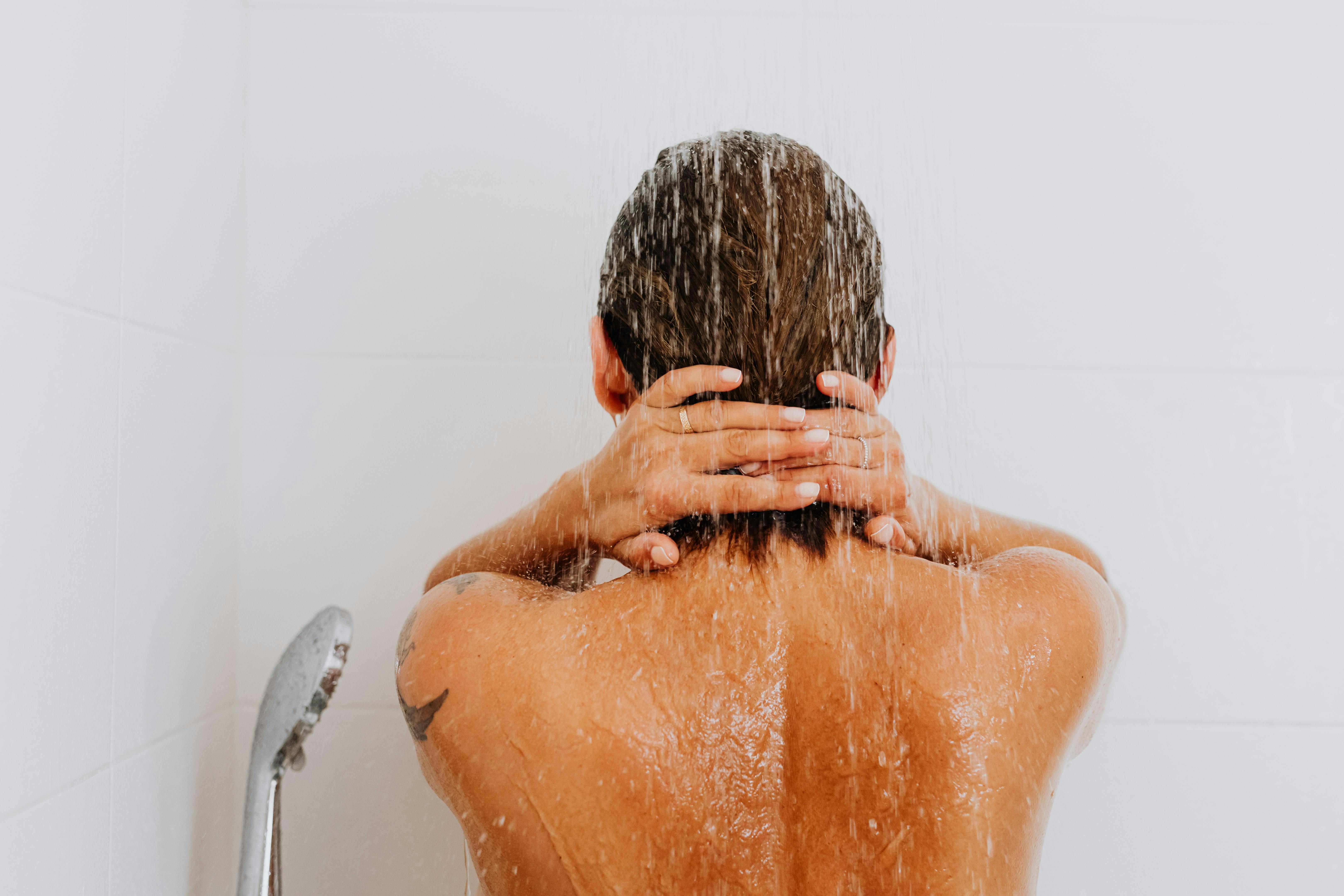
11. can i trust benefit claims made by manufacturers and web stores?
Most manufacturers and web stores have the best intentions. That is in their interest too, because they want happy and returning customers, leaving excellent reviews and recommendations online or by word of mouth.
Having that said, we should also remember not everyone in the manufacturing, marketing, or sales process is as well-informed. There are a few areas where it pays off to do a bit of research yourself.
Greenwashing: This happens when manufacturers or other producers and sellers, make exaggerated or false claims about the eco-friendly or sustainable nature of their products. Or, a vendor claims a product is "green", while only one ingredient of many, or just a tiny part of the product is.
Safety: It is important to double check the safety features of your product, and familiarize yourself with precautions.
EMF Claims: Many manufacturers will tell you their infrared saunas or blankets are "zero EMF" or "low EMF." Learn more by clicking on the link.
Health Benefit Claims: Visit our page "Is Infrared Sauna Scientifically Proven?" for a deep-dive into scientific backing (or lack thereof) for various benefit claims.
Energy Consumption: Often heard, especially about sauna blankets and PEMF mats, is that they are more economical than other types of IR sauna or traditional saunas. Such marketing talk is not always justified, and we'll happily assist you to make your own assessments.
Sustainability: To learn more about confirming sustainability and eco-friendliness, use the links to go to the pages exploring these contemporary and important issues.

Diane Sargent
Keen on more insights? Follow these links—or head to saunace.com for deep dives, reviews on PEMF mats, sauna blankets, and more wellness essentials.
References
1. Connecticut Department of Public Health, Electric and Magnetic Fields (EMF): Health Concerns, https://portal.ct.gov/-/media/departments-and-agencies/dph/dph/environmental_health/eoha/pdf/emffactsheet2008pdf.pdf
2. Susan M Shirreffs and Michael N Sawka, Fluid and electrolyte needs for training, competition, and recovery, PubMed, https://pubmed.ncbi.nlm.nih.gov/22150427/

